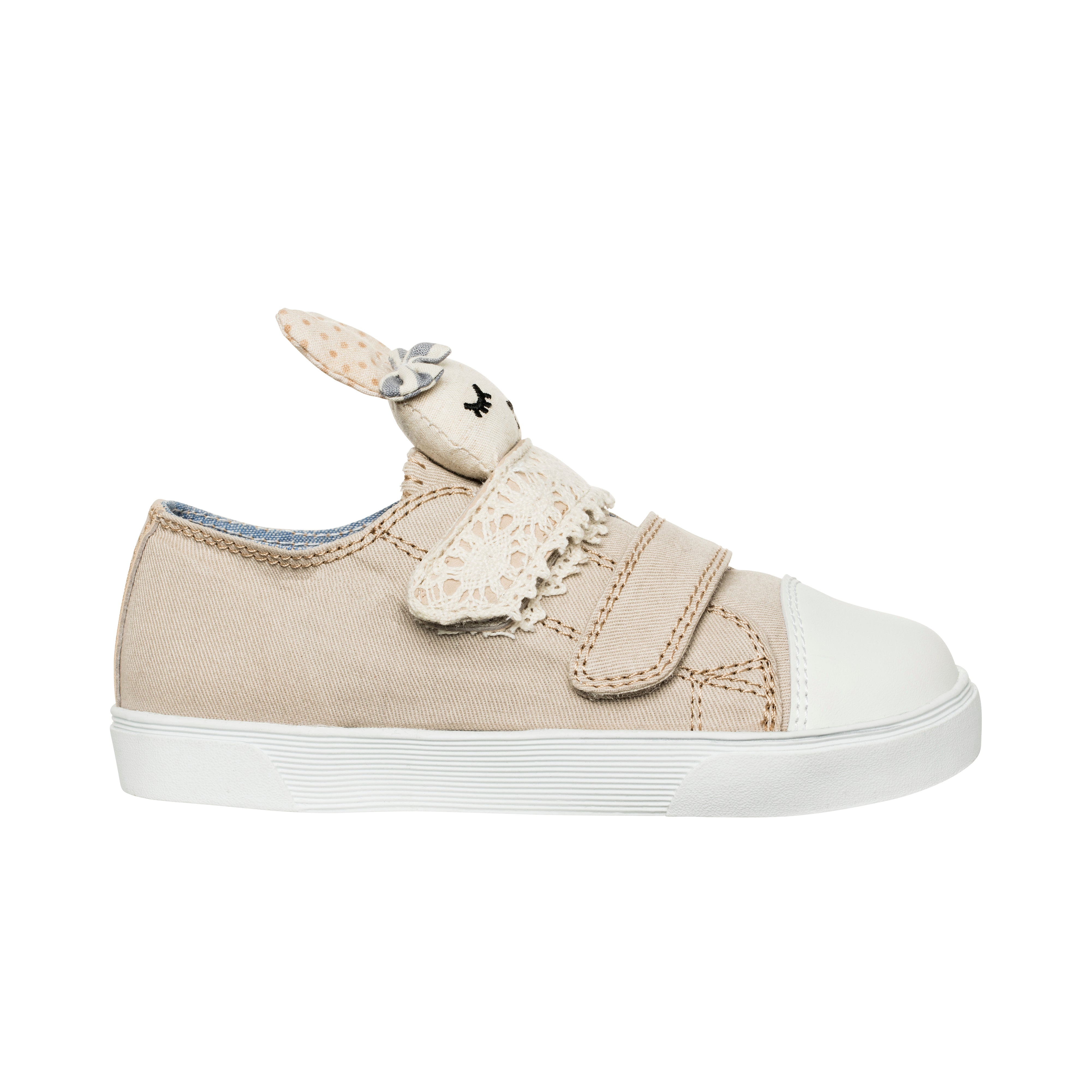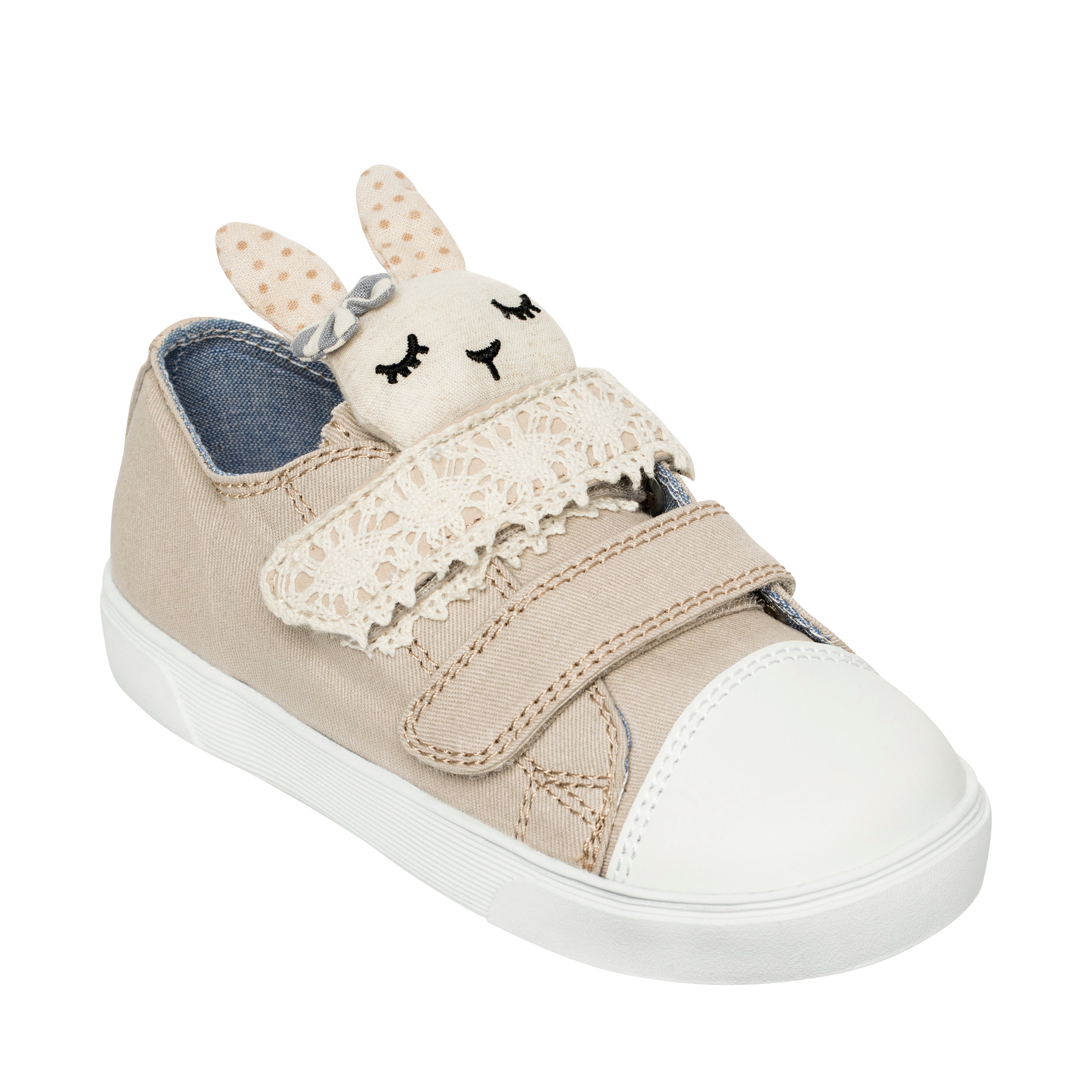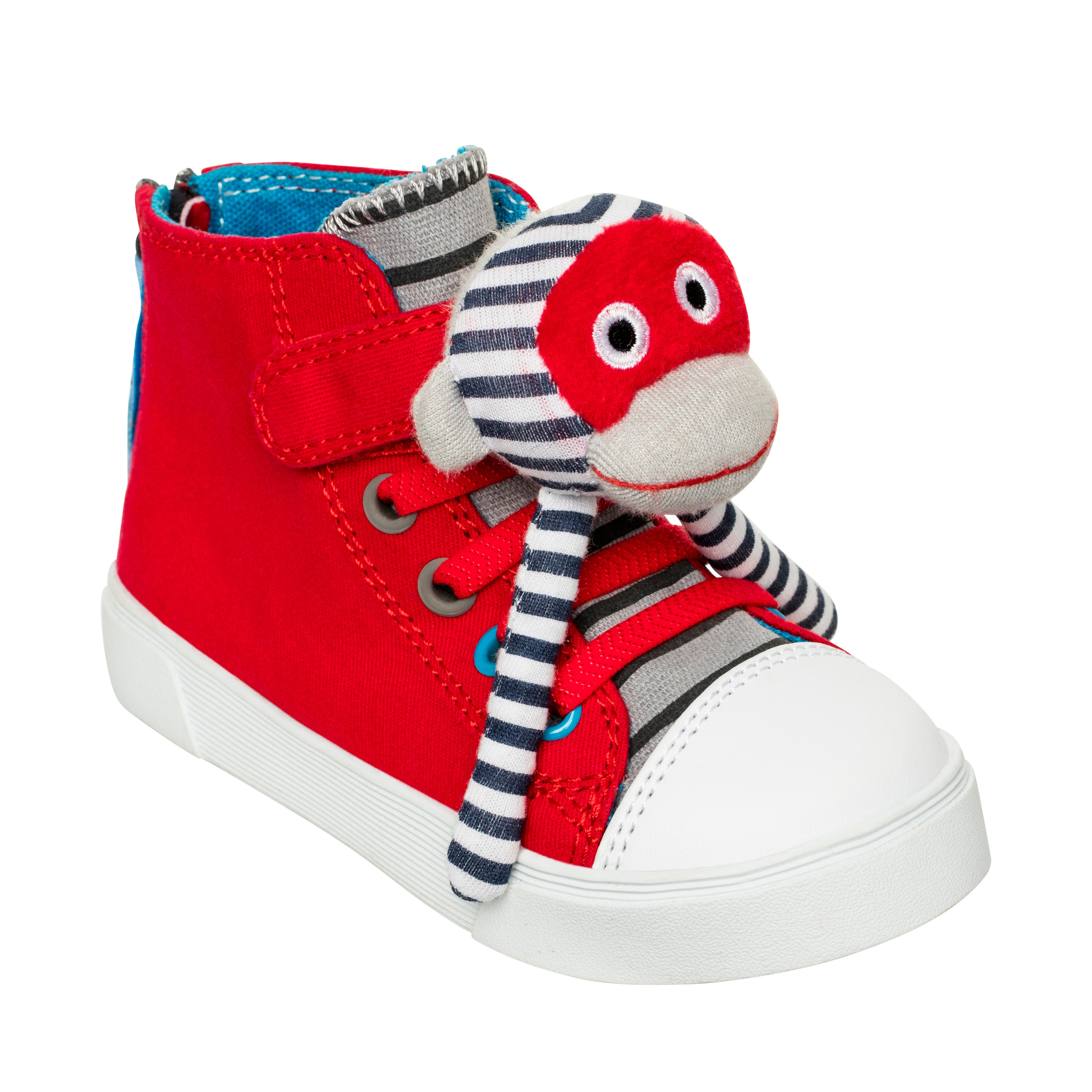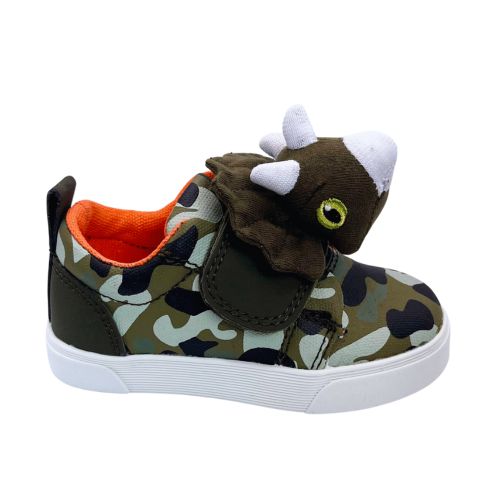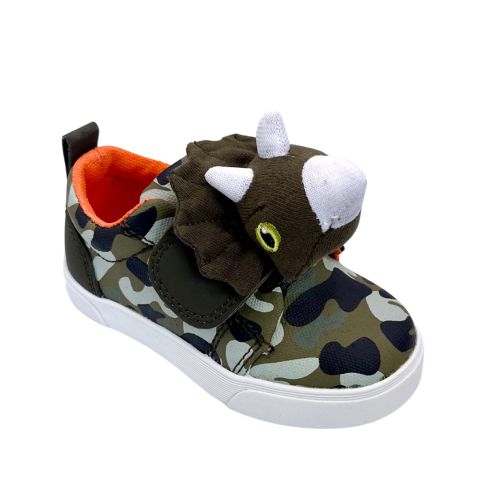Children experience a world full of new people, places, and situations, and sometimes, what seems like simple shyness is something deeper. Social anxiety can be easy to overlook, especially when it doesn’t always appear in obvious ways. As parents, caregivers, and teachers, understanding these hidden signs can make all the difference in helping children feel safe and supported.
More Than Just Nerves
It’s natural for children to feel a little nervous before speaking in class or walking into a room full of unfamiliar faces. But when those nerves turn into avoidance, distress, or even physical symptoms, it may be social anxiety at play.
Some children, like Leo, openly express their discomfort. "He clings to me at birthday parties," his mum Sarah explains. "He says he doesn’t like the noise." Others, like Timmy, seem outgoing at home but become completely silent at school. Social anxiety can take many forms, from excessive worrying to physical symptoms like stomach aches or trembling hands.
Recognising the Hidden Signs
Social anxiety doesn’t always look like a child hiding in the corner. It can be subtle, showing up in behaviours that might otherwise be dismissed as personality quirks or normal childhood worries. Some key indicators include:
- Avoidance of social situations – Refusing to attend school plays, birthday parties, or group activities.
- Physical symptoms – Complaints of headaches, nausea, or stomach aches before social events.
- Excessive worrying – "What if I say something silly?" or "What if they don’t like me?"
- Difficulty making eye contact – Looking down or away when speaking to others.
- Clinging to familiar adults – Seeking constant reassurance from parents or teachers.
- Trouble speaking up in class – Even when they know the answer.
- Self-criticism – Repeatedly saying, "I’m so awkward" or "Everyone thinks I’m weird."
- Irritability or tantrums – Expressing their anxiety through frustration rather than words.
- Changes in sleep or eating habits – Anxiety can affect daily routines and overall well-being.
What Can We Do?
The most important thing is not to dismiss these signs as "just shyness." Social anxiety is real, and with understanding and support, children can learn to manage their fears rather than being controlled by them. Encourage small, positive steps, whether it’s practicing social interactions at home, gently exposing them to new situations, or seeking professional guidance if needed.
Every child deserves to feel confident in their own skin. By recognising the signs and offering reassurance, we can help them navigate the world with courage—one step at a time.



